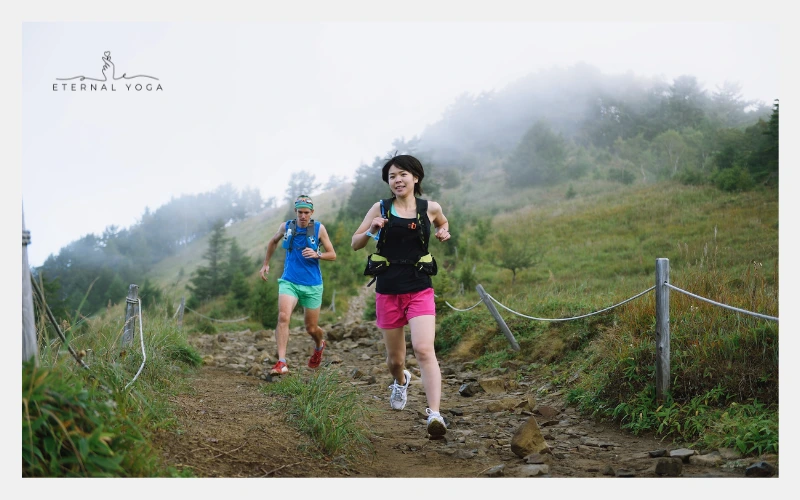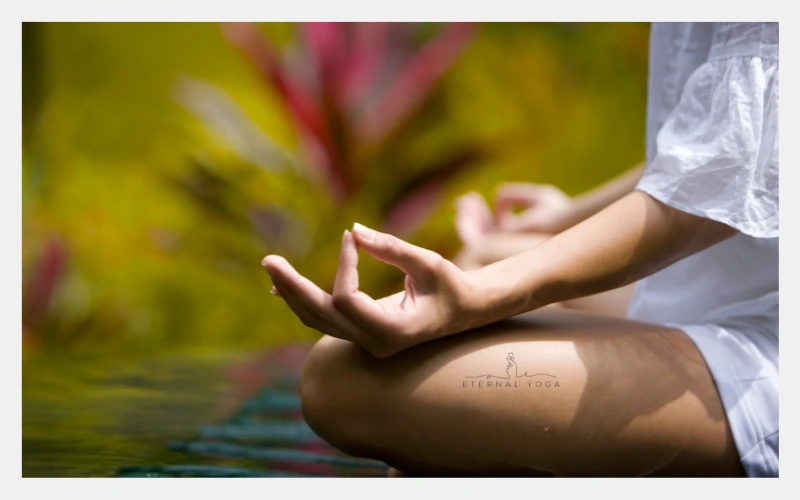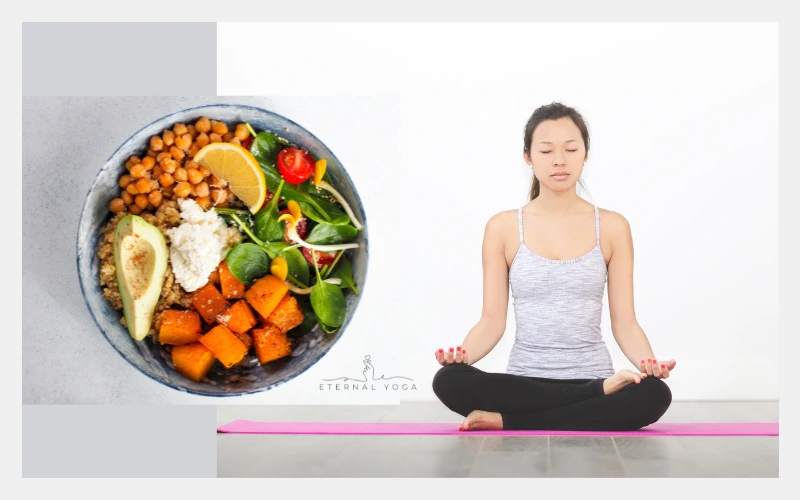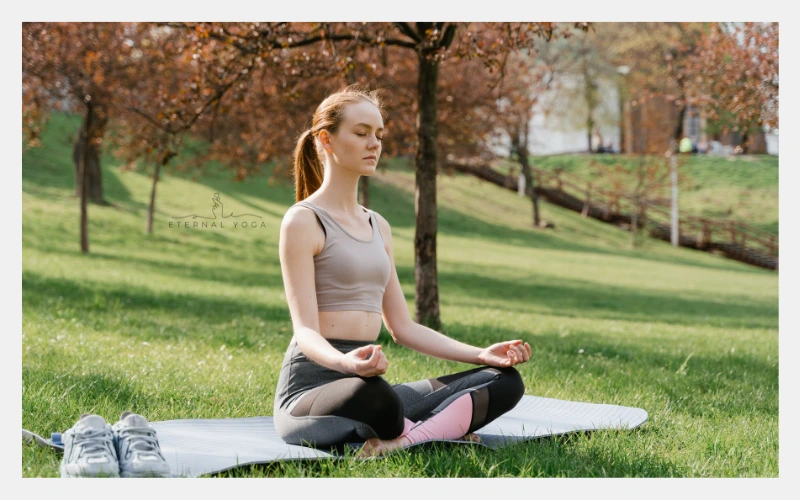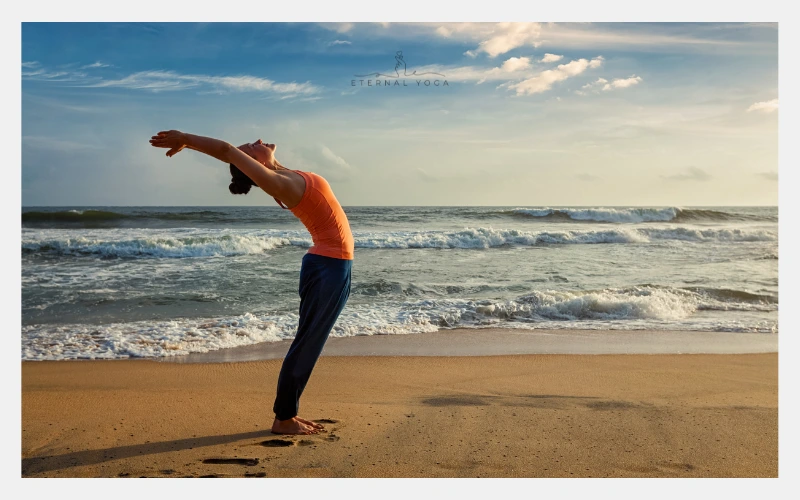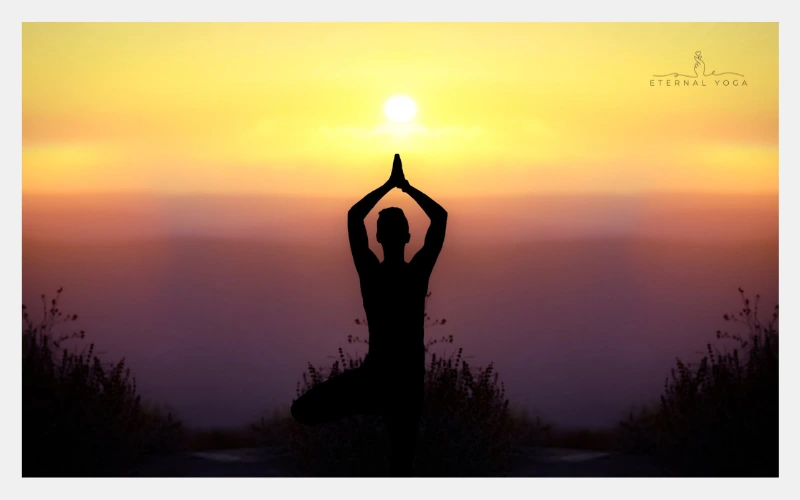Hatha Yoga for Beginners isn’t just a workout – it’s a gateway to balance, peace, and a healthier lifestyle. If you’ve ever been overwhelmed by the fast pace of modern yoga classes, Hatha yoga offers a slower, more mindful path. With gentle postures, deep breathing, and relaxation techniques, it’s the perfect style for anyone starting their yoga journey.
Introduction
If you’re new to yoga, chances are you’re familiar with Hatha yoga. One of the most traditional and foundational styles of yoga, Hatha yoga is often considered the best starting point for beginners. It blends gentle physical postures, mindful breathing, and relaxation techniques to bring harmony to both the body and mind. In this complete guide, we’ll discuss what Hatha yoga is, its benefits, postures suitable for beginners, and how to begin your journey toward inner balance today.
What is Hatha Yoga?
Hatha yoga is a branch of yoga that emphasizes physical postures (asanas), breathing exercises (pranayama), and meditation. The word “hatha” in Sanskrit means “force,” symbolizing the balance between opposite energies:
- Ha (sun) – activity, energy, strength
- Tha (moon) – calmness, rest, relaxation
Together, Hatha Yoga prepares the body and mind for deeper spiritual practices, creates balance, and improves overall wellness.
Benefits of Hatha Yoga for Beginners
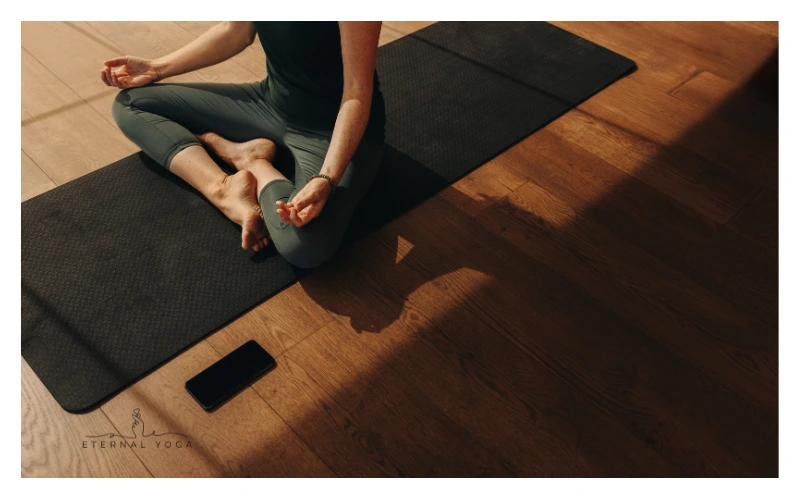
Practicing Hatha Yoga regularly offers numerous benefits:
- Improves Flexibility & Strength – Gentle poses stretch and tone muscles.
- Boosts Mental Clarity – Breathing techniques reduce stress and sharpen focus.
- Enhances Posture – Aligns the spine and reduces back or neck pain.
- Promotes Relaxation – Helps calm the nervous system and improve sleep.
- Builds Mind-Body Awareness – Encourages mindfulness in daily life.
Beginner-Friendly Hatha Yoga Poses
Here are a few simple poses you can try as a beginner:
Mountain Pose (Tadasana)
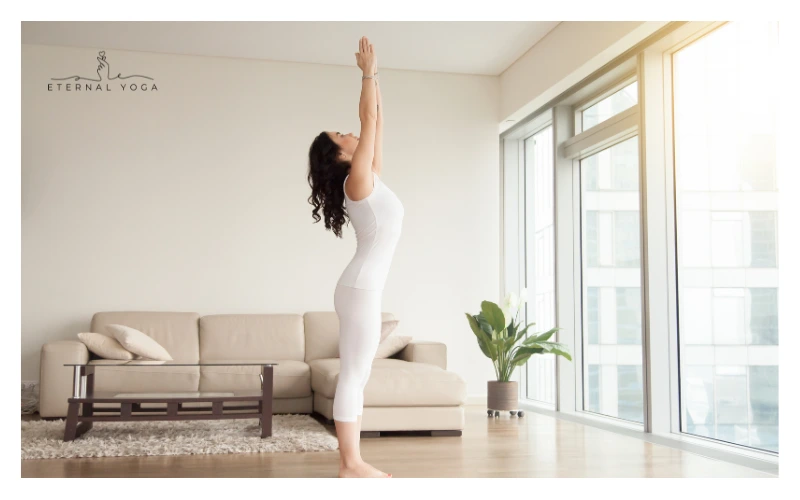
How to do it:
- Stand up straight with your feet together, toes touching, and heels slightly apart.
- Distribute your weight evenly on both feet.
- Pull your thighs inward, tuck your tailbone in slightly, and lengthen your spine.
- Relax your shoulders and keep your chin parallel to the floor.
- Take a deep breath and focus on grounding yourself.
Benefits:
- Improves posture and balance
- Strengthens legs and core
- Enhances body awareness
Beginner Tip: Imagine a string pulling you upward from the crown of your head to help elongate your spine.
2. Downward-Facing Dog (Adho Mukha Svanasana)
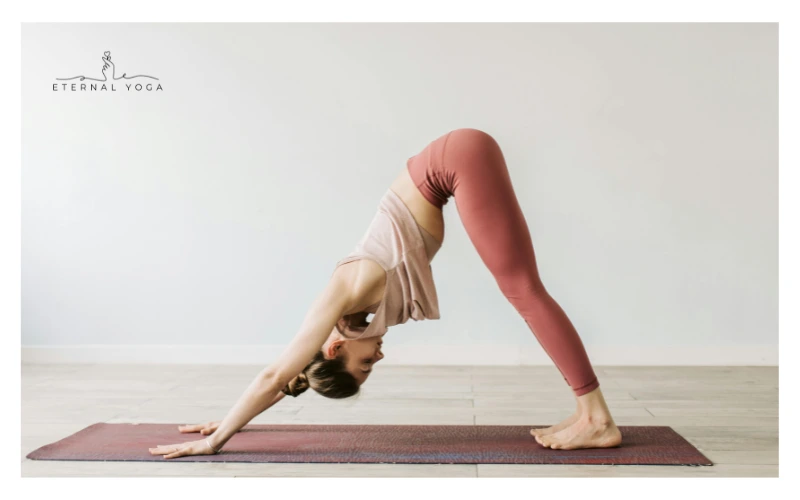
How to do it:
- Start by standing on all fours, with your hands under your shoulders and your knees under your hips.
- Spread your fingers wide and press palms firmly into the mat.
- Bend your toes and slowly lift your hips toward the ceiling.
- Straighten your legs as much as possible without straining.
- Keep your head between your arms and gaze at your feet.
- Stay in this position for 5-7 breaths.
Benefits:
- Stretches hamstrings, calves, and spine
- Strengthens arms and shoulders
- Boosts circulation and relieves fatigue
Beginner Tip: If your hamstrings feel tight, keep your knees bent slightly and focus on keeping your back straight.
3. Child’s Pose (Balasana)
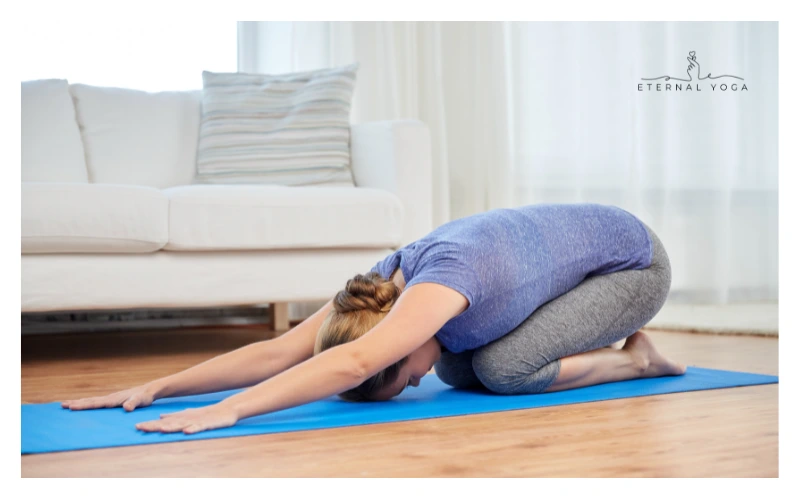
How to do it:
- Kneel on the floor, toes touching and knees apart.
- Sit back on your heels and extend your arms forward on the mat.
- Rest your forehead on the floor and breathe deeply.
- Stay in this position for 30-60 seconds or more to relax.
Benefits:
- Relieves tension in the back, neck, and shoulders
- Calms the nervous system
- Encourages mindful breathing
Beginner Tip: Place a cushion or folded blanket under your chest or forehead for extra support.
4. Tree Pose (Vrikshasana)
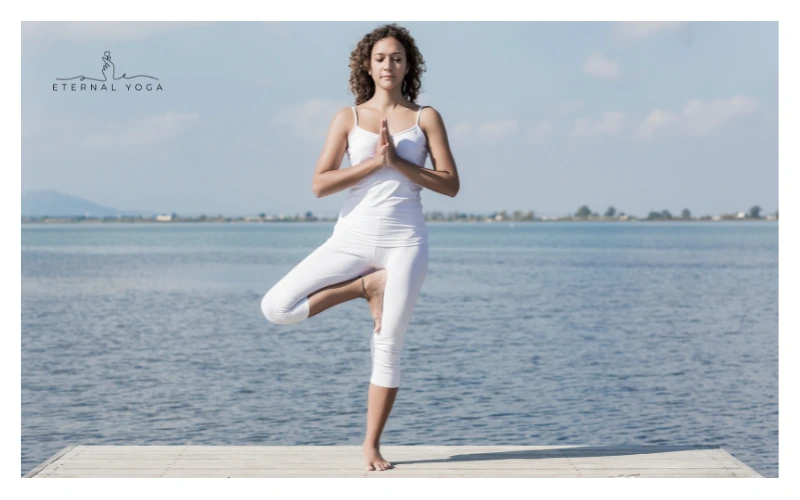
How to do it:
- Stand in Mountain Pose(Parvatasana).
- Put your weight on your left foot and lift the right leg up.
- Place the right foot on the inner thigh or calf of the left leg (avoid the knee).
- Join the palms on your chest or extend the arms overhead.
- Focus on a stable point in front of you to maintain balance.
- Stay in this position for 20-30 seconds, then switch sides.
Benefits:
- Improves balance and stability
- Strengthens legs and core
- Enhances concentration and focus
Beginner Tip: If balancing is difficult, place your foot lower on the ankle or use a wall for support.
5. Seated Forward Bend (Paschimottanasana)

How to do it:
- Sit with legs extended straight out in front.
- Inhale, lengthen your spine, and raise your arms.
- Exhale, bend from the hips, and lean forward toward the feet.
- Hold your calves, ankles, or feet wherever you can comfortably reach.
- Keep your back long, not rounded.
Benefits:
- Stretches hamstrings, spine, and shoulders
- Reduces stress and fatigue
- Stimulates digestion
Beginner Tip: If flexibility is limited, use a strap around your feet to gently deepen the stretch.
6. Bridge Pose (Setu Bandhasana)

How to do it:
- Lie on your back with your knees bent and feet flat on the floor, waist-width apart.
- Keep your arms at your sides, palms facing down.
- Inhale and lift your hips toward the ceiling.
- Keep your thighs parallel and press into your ankles.
- Hold for 5–10 breaths, then slowly lower.
Benefits:
- Strengthens back, glutes, and legs
- Opens the chest and shoulders
- Helps relieve stress and mild back pain
Beginner Tip: Place a yoga block under your sacrum for a supported version.
7. Corpse Pose (Savasana)
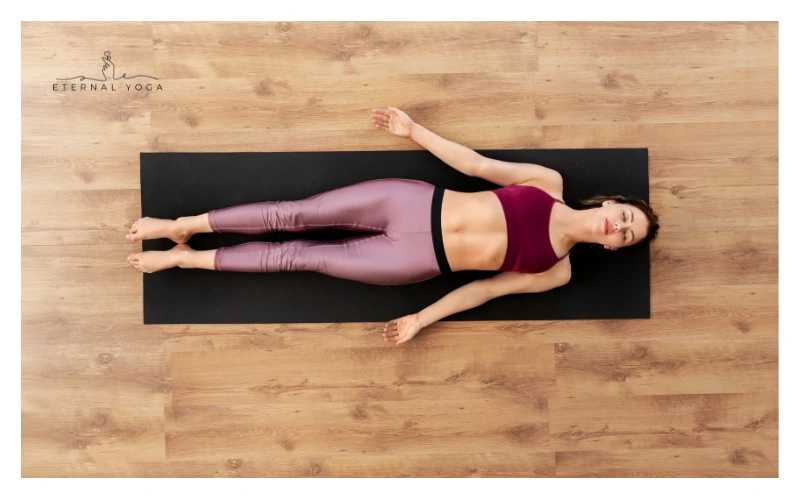
How to do it:
- Lie on your back, legs slightly extended and arms relaxed at your sides.
- Close your eyes and relax your whole body on the mat.
- Focus on slow, natural breathing.
- Stay for 5–10 minutes.
Benefits:
- Deeply relaxes the body and mind
- Reduces stress and anxiety
- Improves overall well-being
Beginner Tip: Use a small pillow under your head or knees for added comfort.
With these seven foundational Hatha Yoga poses, beginners can build strength, flexibility, balance, and inner calm without feeling overwhelmed.
Breathing in Hatha Yoga (Pranayama)

Breathwork is a vital part of Hatha practice. A simple exercise is Deep Belly Breathing:
- Sit comfortably with your back straight.
- Place one hand on your belly.
- Inhale deeply through your nose, allowing the belly to expand.
- Exhale slowly through your mouth.
This technique reduces stress and increases oxygen flow, leaving you refreshed.
Read More: 10 Easy Yoga Tips for Flexibility
Tips for Beginners Practicing Hatha Yoga
- Start with short 10–15 minute sessions.
- Practice in a quiet, clutter-free space.
- Use a yoga mat for comfort and stability.
- Don’t force flexibility—listen to your body.
- Consistency is more important than intensity.
Final Thoughts
Hatha yoga is more than just a workout – it’s a holistic practice that nurtures both physical and mental health. By starting with gentle postures and mindful breathing, beginners can establish a solid foundation for more advanced yoga practices, while also experiencing balance, relaxation, and clarity in their everyday lives.
So roll out your mat, take a deep breath, and begin your journey to inner balance with Hatha yoga.
Frequently Asked Questions
Is Hatha Yoga suitable for complete beginners?
Yes! Hatha Yoga is one of the best yoga styles for beginners due to its slow pace and emphasis on fundamentals.
How often should I practice Hatha Yoga as a beginner?
Starting with 2–3 sessions per week is ideal. Gradually increase as your body adapts.
Do I need to be flexible to do Hatha Yoga?
Not at all. Flexibility develops with consistent practice over time.
Can Hatha Yoga help with stress relief?
Absolutely. The combination of gentle poses, breathwork, and relaxation techniques makes it highly effective for reducing stress.

